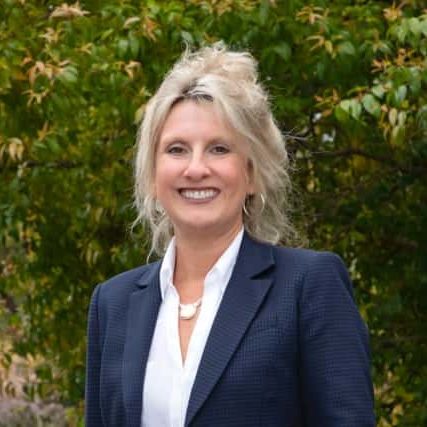From Russia with Food
When Tatiana Ginzburg looks over the Russian river, she’s reminded of her home: a small Russian village on the Volga river. “It’s not exactly the same, but it’s close,” she says. “The universe must have called me here.”
That place is Russian House #1, a restaurant/puzzle house/social experiment Ginzburg and cofounder Polina Krasikova started in 2015. Located over a bridge on the intersection of Highway 1 and Highway 116 near Jenner, Russian House #1 is designed to introduce people to Russian culture, philosophy and cooking.
Polina Krasikova started in 2015. Located over a bridge on the intersection of Highway 1 and Highway 116 near Jenner, Russian House #1 is designed to introduce people to Russian culture, philosophy and cooking.
Ginzburg has a Ph.D. in transpersonal psychology, and has a thriving practice in Russia. “We were visiting the United States in 2014 for Burning Man,” she says. “After the festival, we made our way here. The location used to be an Indian restaurant, and when I saw the river flowing right next to us, it felt like home.
What sets the restaurant portion of the center apart is the way it resolves checks. “In the West, there is a master-servant relationship in the restaurant industry,” says Ginzburg. “The eater becomes the master; they order around the people who cook for them. We wanted to display a different way that shatters that indenture concept.” Instead of fixed prices on the menu, there are none. Nothing can stop a visitor from eating their fill and leaving.
There is a pot near the front door where people can pay what they believe is a fair price. Alternatively, they can help in the restaurant or do something creative in exchange for their meals.
While they eat, patrons can tour the house and see memorabilia from Russia; the bathrooms are filled with trinkets and photos of Ginzburg and Karsikova’s home country. Russian puzzles occupy the lobby, designed to spark creative thinking and start conversations with the owners, igniting a cultural exchange.
“This is not a business first,” says Ginzburg. “It is a crucible where East meets West. Where we can celebrate our similarities and acknowledge our differences. It was made to learn about each other and evolve.”
www.russian-house1.com/
Sharing Optional
A handmade pie is a love letter in the restaurant world. Hours spent making and proofing dough, slow-simmering sweet and savory ingredients and constant experimentation for the next big flavor combination makes for tiring work. It’s a niche business that requires passion and stamina, and the ladies at The Whole Pie exemplify that attitude in spades.
Cofounders Julia Freis and Trisha Davis knew each other years before they opened shop. “We met in the theatre—she was an actress and I was a stage manager,” says Freis. “And before we decided to open up a pie shop, Trishsa was already making artisanal confections, selling chocolates and other baked treats at farmers markets.”
a pie shop, Trishsa was already making artisanal confections, selling chocolates and other baked treats at farmers markets.”
When it comes to kitchen operations, the pair moves like clockwork. Davis comes in at 5 a.m. to make dough and start the day’s fillings. Freis opens the shop at 11 a.m., and also handles the business side of the shop. By afternoon, Davis goes home, leaving other employees to start more dough and finishes the pies, letting them cool before serving to hungry customers. The shop is cleaned and closed by 7 p.m.
“When we started this business, we understood we wanted to make the freshest, most delicious pies we could,” says Freis. “And that’s why we also offer made-to-order pies. We’ll prepare a certain number of sweet and savory pies based on the ingredients we decided to prep the day before, but we have the capacity to make one of our recipes not on the daily menu from scratch if you give us enough time.”
And the shop isn’t called The Whole Pie for nothing. From handpies that fit in your palm to single portion and family size, each pie is a whole pie. “Slices may be more convenient for commercial purposes, but there’s magic in having a whole pie to yourself,” says Davis. “We print ‘Sharing Optional’ on our boxes, and we mean it. Sometimes you deserve to have a whole pie.”
http://www.thewholepieshop.com/




